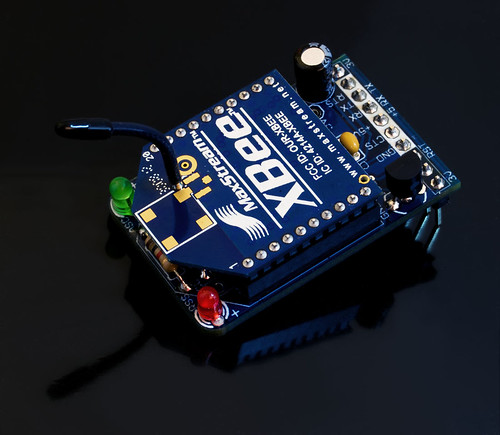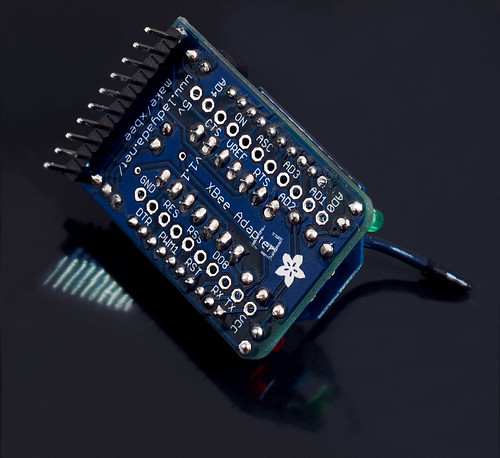I have not integrated it, but its a cool function to have. it could be an optional module (software module and hardware sensor) for those that want it.
the arduino has several analog input pins. the resolution isn't great (0.1023 as the normalized value range) and its with respect to the 'AREF' (analog ref) pin in the arduino, or its via the internal ref). you can set the AREF to some reasonable value (up to but not MORE than 5v!) and then your 0..1023 return value is a percent of scale, of that. it may be enough for the application. 2 of the 6 analog pins on the arduino are taken by the i2c function so that leaves 4 spares (a0..a3).
but also there are nice high precision a/d converters that have arduino code written for them. I have not tried this one yet but I have the chip in my parts bin, ready to be used someday
here's the link:
Lab3 - Laboratory for Experimental Computer Science
that chip seems to have more than enough resolution to be able to do various measurement tasks. imagine having a switchable input as a front end to this chip; and suppose that front-end could tap into various voltage 'test points' that people use to set bias, dc offset and things like that in their amps. suppose you could even set alarms so that if any of those test point values vary by X amount over some safety window, that an alert will be generated and/or logged. maybe even emailed or twittered (did I really say that?)
one of the key differences between consumer home networking gear and 'enterprise' class gear is that the enterprise class stuff is 'manageable'. you can get voltage points, temperature points, error/event/status log info, fan speed rpm value, all kinds of neat environmental (as its called) measurements.
suppose that thinking is now brought to DIY audio gear
web-enabled amps, preamps, input selectors, output selectors. queryable 'boxes' that could report their voltages or heatsink temperatures when asked. boxes that work together in a network and when the one in control says 'its sleep shutdown time now' they all power off in their own way, in the right sequence. when the master box says 'user wants to switch from headphone amp to speaker amp' all the right boxes do their proper things, such as a volume slow fade to zero, then mute, then power off. the other box will power on, delay a bit, then rise the volume up to its last set value. that kind of distributed 'script' is now possible with this kind of infrastructure.
and yes, I really do have sleep-timer implemented and working
at the end of an hour, it slowly fades down the volume, then sends an x10 'power down' command to the amplifier and finally shuts off all the lcd light (backlight) and goes into standby mode.













